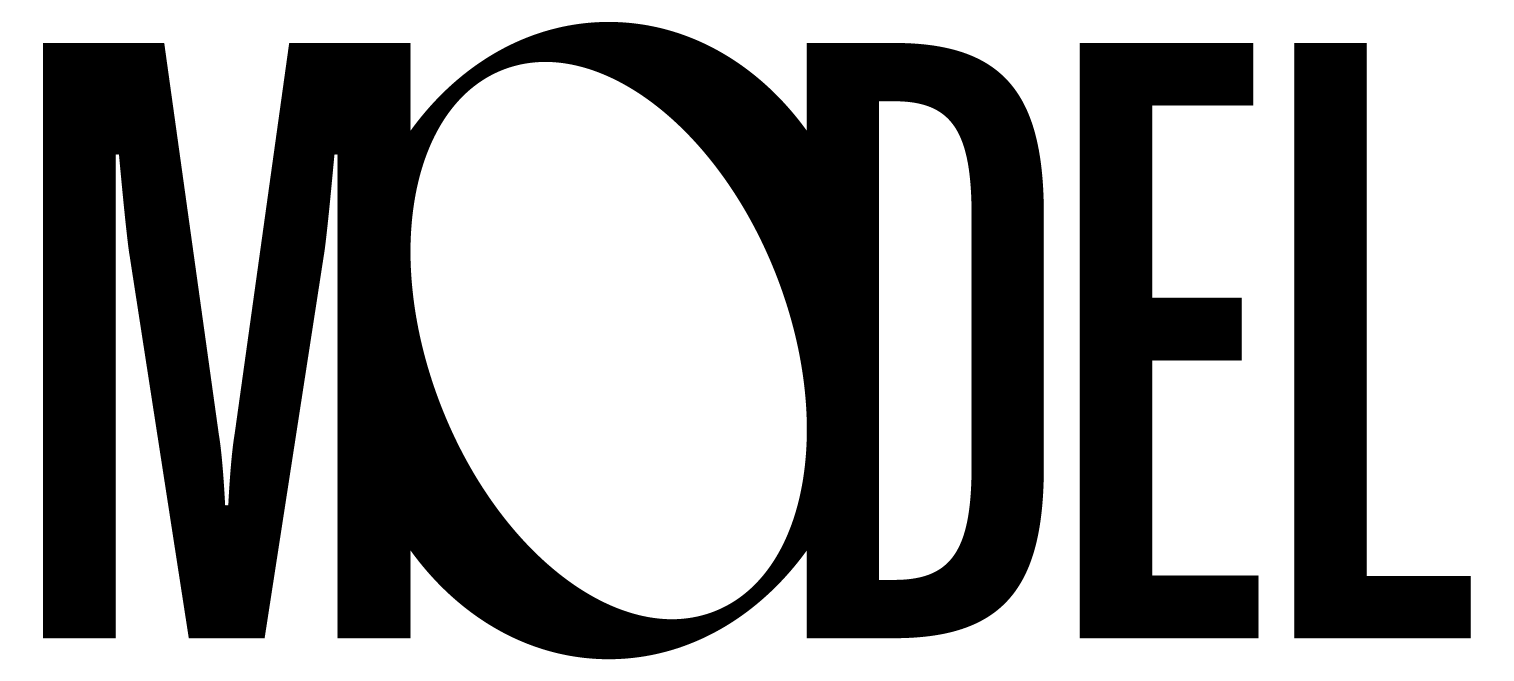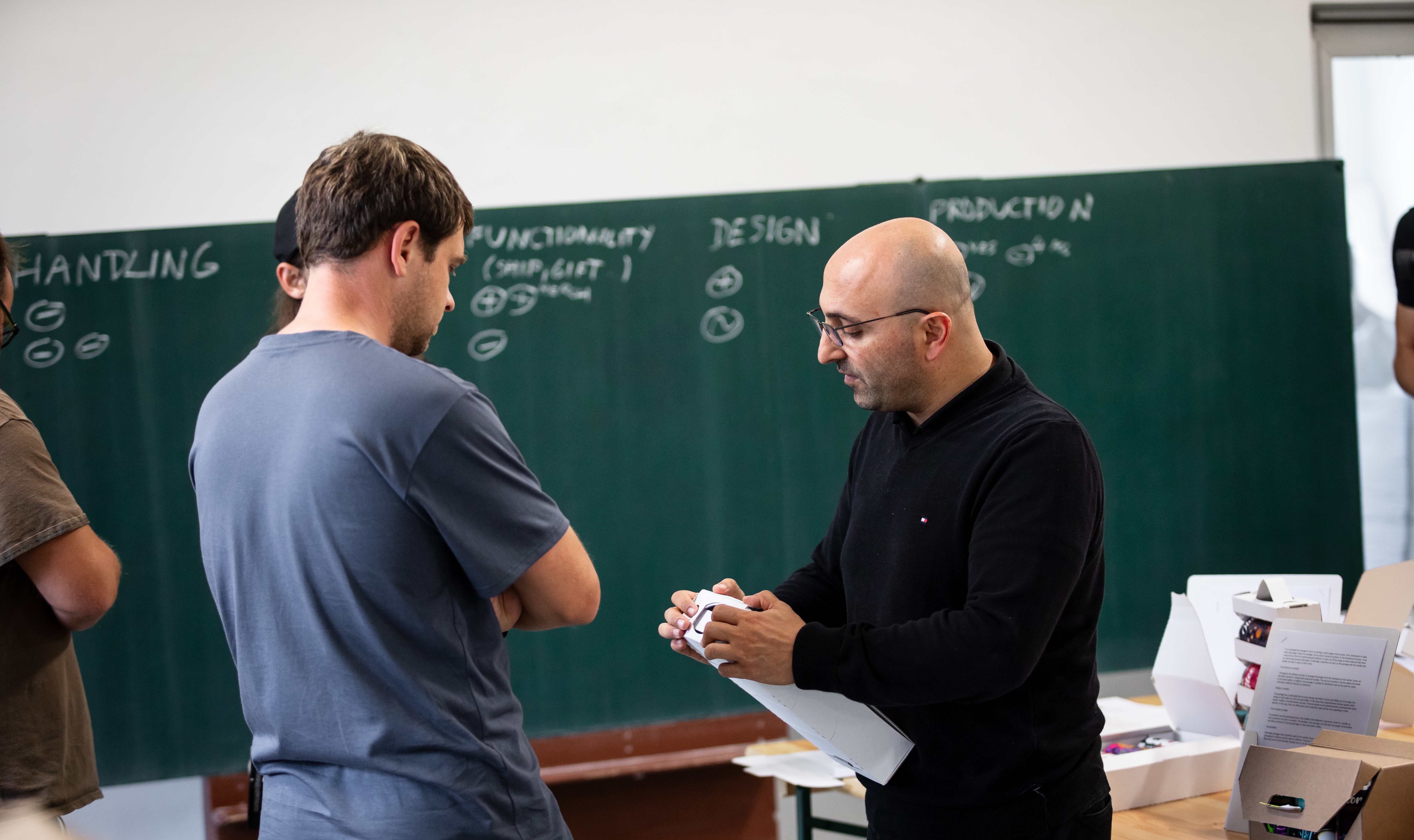Mastering Packaging Innovation
Yücel Metin found his way from technical advisor into packaging design through a series of fateful events, drawn by the challenge of integrating complex functions into packages. He sees design as a moldable mass in the hands of the designer – with your own horizon being the only limit of what’s possible.
In his role as Head of Packaging Competence at Model (since 2020), his typical day involves coordinating various departments and fostering collaboration between design, innovation, and production teams. His focus is on staying attuned to market trends and technological advancements while streamlining internal processes to leverage the potential of Model’s diverse design talents spread across five countries.
1. You’ve been a part of the MYP jury twice now. What differences did you see in the submitted prototypes?
The differences and quality between the two topics were mainly influenced by the extended briefing Model provided.
In the earlier MYP contests, and also in «Food is... », a relatively simple and open briefing allowed for a huge range of solutions, ideas and, above all, possible interpretations.
This changed from «Thirsty for Packaging» onwards. This was based on a much more targeted briefing. And by focusing strongly on a theme, in combination with a requirement for the type of packaging, materials and/or the overall design of the idea, a whole new level of quality was achieved.
That's it, focusing creativity in one direction. Very important: no restriction of creativity, but a targeted objective.
2. What did you particularly like about the prototypes in the past two years?
There were a lot of good ideas.
What I like best are the submissions where the solution to the respective problem is obvious. The thought behind the idea, so to speak.
And I have a great affinity for timeless design. This was particularly well captured last year.
3. This year’s theme is «Sweets in the Box» – why this theme?
We all like sweets. Some possibly more than is good for them.
There are currently many new trends and flavor combinations, and also different approaches to producing fair and almost healthy sweets.
It's a good time to present sweets accordingly and celebrate some of them.
4. What do you think are the main criteria for designing a package for sweets?
The packaging must be functional, creative and eye-catching. Striking in its surface (structure, print image, color), contour or overall design. It must stand out from the crowd in some way. And still be producible (possibly with adaptations).
This will be a very exciting topic.
5. What is the one thing that influences your decision making most?
The creativity and the idea behind it.
It is crucial to grasp that it is not about being particularly complex and sophisticated. Simplification is the key.
Simplification to a minimum, to the core of the function, is the true art. The Extra in the Ordinary, so to speak.
6. What do you think are the most interesting trends in sweets packaging design?
Sustainability, functionality and handling during usage!
7. What advice would you give to young designers, and what do you see as the primary challenges and opportunities in packaging design?
Packaging design is an interesting and exciting area. It is virtually product design for the most diverse industries and products with the most diverse challenges.
If you want to take the subject seriously and become really good (or at least stand out from the average) and develop particularly creative and innovative designs, you should first take a close look at the material, in this case paper-based packaging.
Learn and understand how the material is produced and processed. This is the essential foundation for creating truly exceptional designs.
Great packaging inspires and amazes because it fits the product perfectly or showcases it in a unique way.
However, the elegance of the packaging, the sometimes delicate lines and elegant feel are always based on knowledge, years of experience of production possibilities and an understanding of the material.
The better you grasp the «craft», the more creative and innovative you can become.

